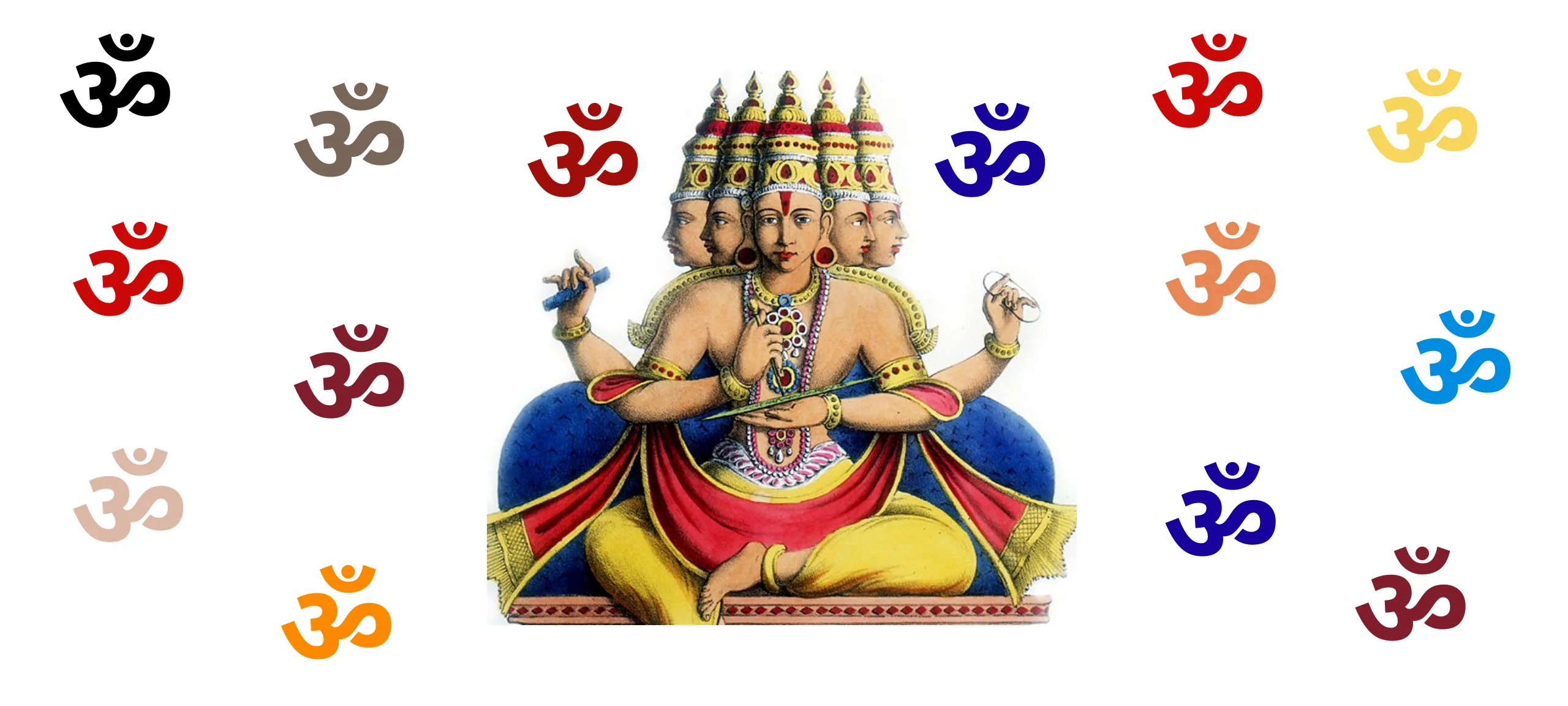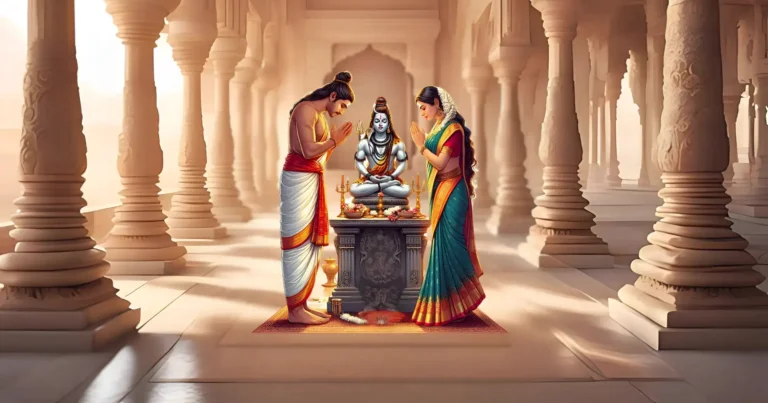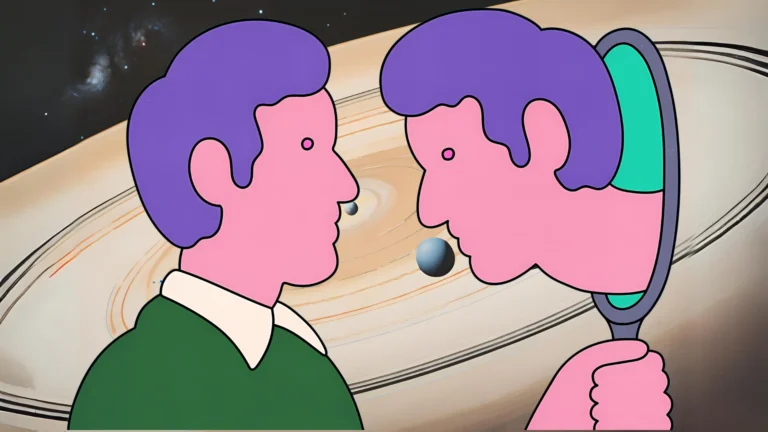Please Like the Blog and Share it for Maximum Reach
Table of Contents
The Initiator of Panchikarana
Panchikarana can be in brief be explained as the process of creating gross matter with prior subtler elements. Lord Vishnu carries out the process of Panchikarana. It is the process used to create the Samasthi Shrishti
Beginning of Creation
From the navel of Sri Vishnu, the creator of the material universe, Sri Brahma was born. The creation is fundamentally split into two parts
1) Manifestations of Brahma:
Creation of the bodies of the living entities. Like bodies of animals, insects, reptiles, and human beings. It is also known as Vyasthi Shrishti.
2) Manifestations of Lord Vishnu:
Creation of the material universes, fundamental elements, 14 worlds. It is also known as Samasthi Shrishti or Universal creation.
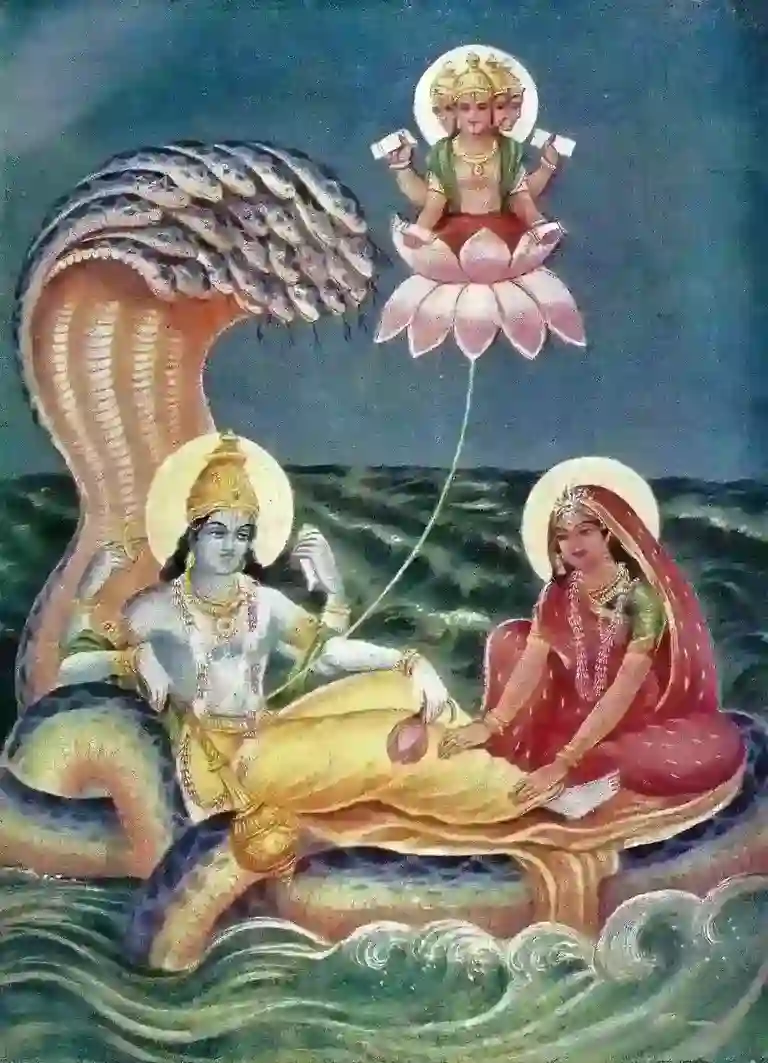
Samasthi Creation
The prime creator, Sri Narayana, gave rise to the first elements-Moola Tatva.
Moola Tattva further transforms into Prakriti or the moving, feminine energy of Sri Narayana. Next, to come into being was Mahat also known as the great principle or Mahat, which in turn gives rise to Pride or Ahankara.
Creation of Various Ahankaras
Ahankara has 3 categories.
1) Sattvika Ahankara (Pride in the mode of Goodness),
2) Rajas Ahankara (Pride in the mode of Passion),
3) Tamas Ahankara (Pride in the mode of Ignorance).
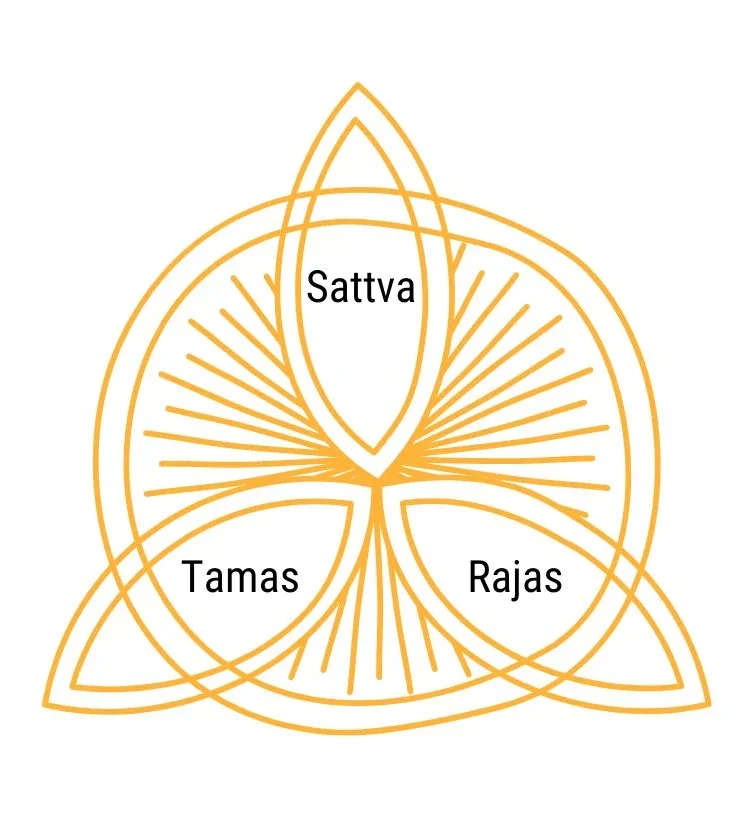
Now from Sattva Ahankara and Tamasa Ahankara, various other qualities were born. However, Rajas Ahankara remained stationary to administer the remaining two.
Creation of Pancha Bhootas and Pancha Tan-Matras
Tamas Ahankara started giving rise to many other elements to begin creation. First, it gave rise to the five sensory perceptions or 5 Tan-Matras-like (vision, smell, taste, touch, and sound).
Next, to rise from the Tanmatras were the five elements a.k.a Pancha Bhootas. They are Earth, water, fire, air, and space.
Creation of 5 Jnanedriyas and 5 Karmendriyas
Prior to the creations of Tamas Ahankar, Satvika Ahankar gives rise to-
5 Jnaan-Indrayas or organs used to grasp information namely : (Chakshu, Grahnu, Shotra, Jivha, Tvak) that translates as (eyes, nose, ears, tongue, and skin).
Then, Satvika Ahankara further creates the 5 Karmendriyas.

They are organs that aid in action namely: (pada, pani, payu, upastha, and vak) which means (feet, hands, rectum, genitals, and mouth).
But, the sole proprietor of the 5 Karmendriyas and 5 Jnanendriyas is Manas or the Mind.
Hence, humans must tame their ignorant minds to attract divinity rather than following its whims and fancies.
These 10 creations of Sativik Ahankar along with Manas (the mind) must engage in rightful actions only. Sinful actions shall mislead man into the ruins of the 10-headed Ravana. Hence, the 24 Achit Tattvas came into being.
They are:
5 elements (Pancha Bhootas), 5 sensory perceptions (Tan Matras), 5 organs of action (Karmendriya), 5 organs for acquiring knowledge (Jnanendriya), 1 mind (Manas), 1 Pride (Ahankaar), 1 Great principal (Mahat) and 1 Feminine force of creation (Moola-Prakriti)
What is Panchikarana?
The Lord took each of the Pancha Bhootas (Earth, water, fire, air, and space) and split them into 2 halves. The first half was left in its primitive form (without mixing other elements) while the other half was further split into 4 parts.
These 1/8th fragments of the original element mix with the remaining halves of the 4 elements.
The resulting combination led to the formation of sense objects we see around.
They continued to combine in various forms, either in small or huge quantities creating an enormous loop. Thus, the variegated sense objects around us came into being.
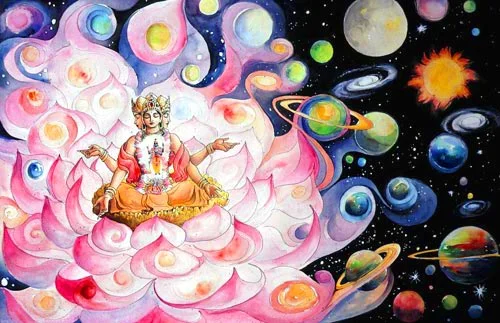
In Vedic terms, this process is Panchikarana. Fundamentally, every sense-object has been created by the joint function of both the sensory perceptions (tanmātra) and the 5 elements (Pancha-bhoota).
The Pancha bhoota is the gross manifestation of the sensory perception while the latter is intangible or a signal. The five elements give form to the sensory perceptions which are otherwise subtle in nature.
Understanding Panchikarana
Let us understand the science of Panchikarana, by taking three objects with its main sensory perception.
Thunderbolt- Sound
Sky- Color (form)
Water- Taste
Water quenches thirst.
Hence, the predominant sensory perception of water is taste. Similarly, we identify a thunderbolt through its roaring sound echoing in the sky. But, both thunderbolt and water have a form along with sound and taste respectively.
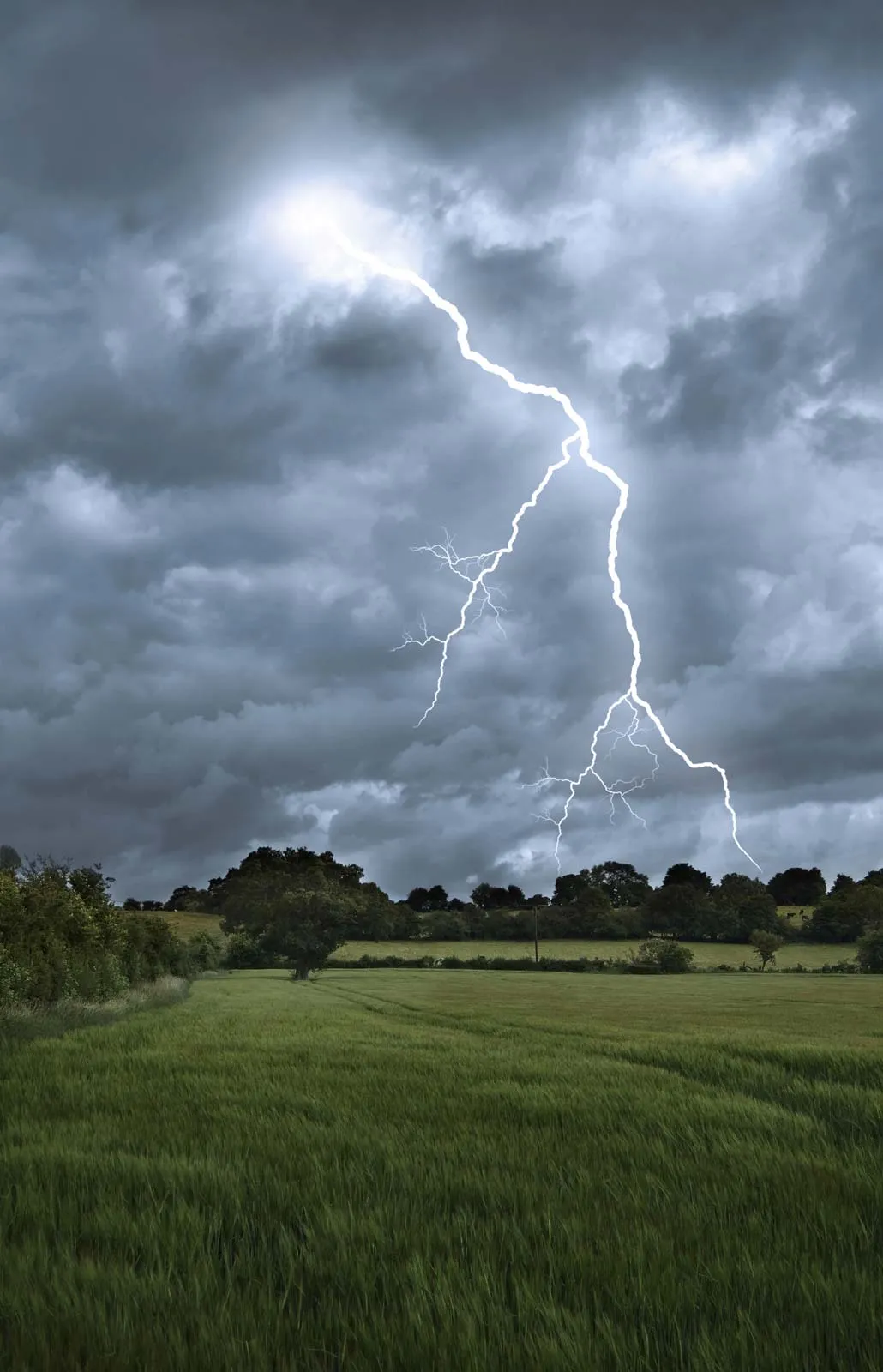
They possess the characteristic feature of the sky which is color. Both the former two sense objects, thunderbolt, and water, along with the sky have color as common property. These similarities we see in various sense-objects in terms of sound-form or taste-form is a result of the combinations of the Pancha-Bhootas with each other.
They appear into our field of experience through the aid of sensory perceptions which flow through our 5 sense-organs.
Creation of the 14 worlds
With the various combinations of the Pancha-Bhootas, various sense objects came into existence. We discussed this in detail, in the previous segments.
Now, a massive creation of the sense objects gave rise to, the 14 Lokas. These 14 Lokas fall under the purview of the Material Potency of the Lord, Maya.(14 planetary Lokas).
It is important to note that the 14 worlds are an amalgamation of jad tattvas. (Matter). Hence, they fall under the material plane.
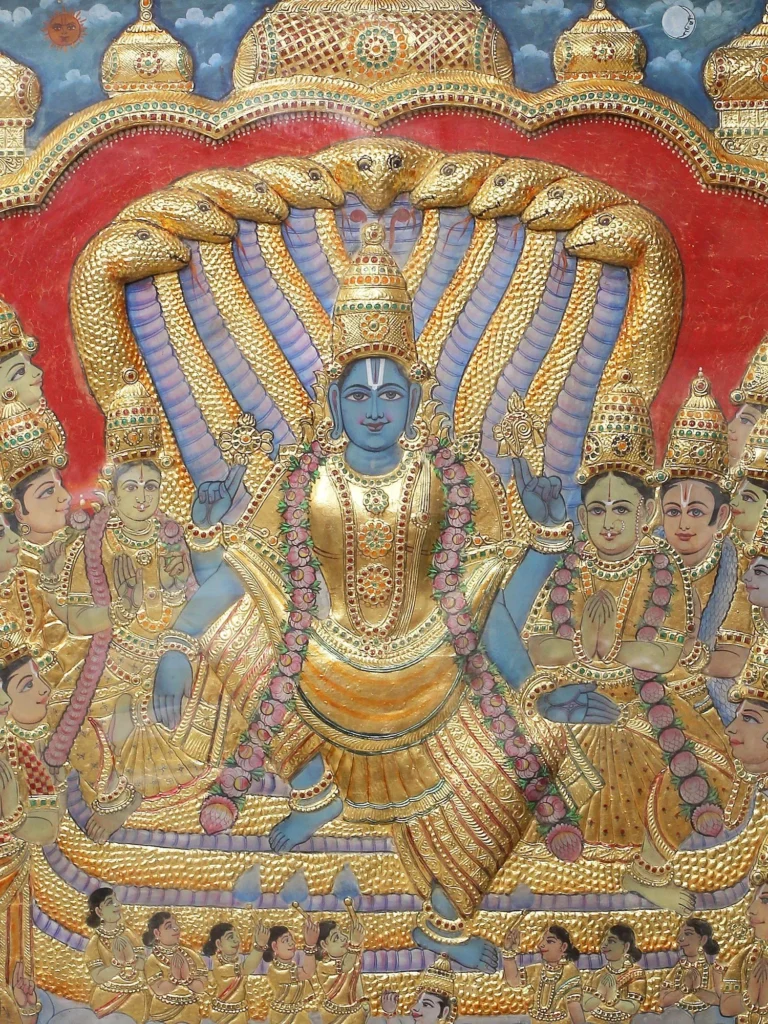
They are not spiritual realms like Saket, Goloka, and Vaikuntha. The 14 realms housed no one as living entities had not yet come into existence. However, this stage marked the peaks of expansion carried out by the Achit-tattvas (gross-elements).
This marked the peaks of the Panchikarana Process.
Test your Alignment with the Spiritual Subject Matter (only 7 Questions)
The scores generated in this Quiz are relative. There are no right or wrong answers. A percentage towards 100 indicates that you are more aligned to the overall subject matter.
Chit and Achit Tattvas
Panchikarana is the process of creating the material universe. They are 2 key components that we must know before we understand the various constituents of the universe.
Achit Tattva
The objects that fall under the purview of perception are undoubtedly a result of Achit-tattvas. They are 24 in number, as described earlier in this blog. Achit tattvas have no intelligence of their own and depend on a vibrant source for their expression.
They decay and have a definite lifespan. Hence, the human body is also Achit Tattva as it dies and decays over time.
Anything that is susceptible to the three tenses of time is a product of Achit Tattvas. On the other hand…
Chit Tattva
It is the conscious one, the one who stands behind the sheath of Achit-Tattvas. It has higher intelligence that helps us distinguish matter from the spirit and who is capable of comprehending it. Such a being (soul) is Chit, the spark of consciousness.
Hence, its constituting element is Chit-Tattva. The one who understands (soul) is Chit. On the other hand, the object being understood (world, nature, astronomical bodies, etc) including the instruments being used to understand (devices like a telescope, stethoscope, etc which ultimately rely on the sense organs) is Achit.
What is God made up of?
Transcending the material plane reveals the Supra-Entity or Ishwar who is neither Chit nor Achit. He is an element by Himself, unique in all respects.
Therefore, Bhagawan is at the top-most shelf, and Achit at the bottom-most rack of creation declares that the soul or Chit is superior to the Material world but, inferior when compared to Bhagawan. To elaborate, Bhagawan is the highest Tattva followed by the jiva Chit-Tattva.
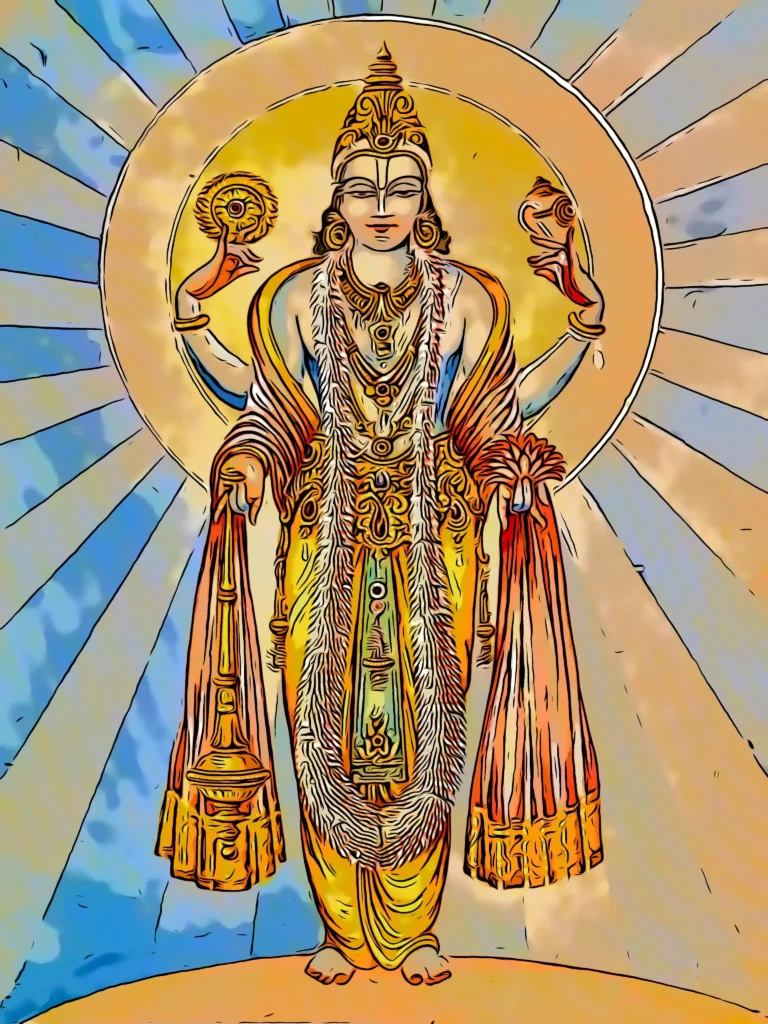
In contrast, the creations of Prakriti that include 24 Achit-Tattvas and creations born out of Panchikarana find place in the lowest rack of consciousness.
Vyasthi Creation
Brahma was born at the very beginning of Creation. However, he was not yet employed as the creator of the material individual universe (Vyasthi creation). While Sri Narayana was busy creating the Samasthi Shristi, which included creating the 24 Achit Tattvas and the 14 worlds, Sri Brahma meditated.
He engaged in meditation to empower himself to become a creator.
After the completion of the 14 worlds or Samasthi Shrishti, Lord Narayana installed Sri Brahma as its presiding deity. The Satya Loka, which is the topmost Loka in the hierarchy of the 14 worlds, became his holy abode.
Then, he took the responsibility of individual (vyasti) creation. Lord Brahma, hence writes the fate of people and grants souls suitable bodies for performing Karma.
Writing Fate
At the time of Pralay or dissolution, the 14 worlds, 24 Achit tattvas, and Chit Tattva or souls, precisely the entire creation along with Brahma merge in the body of the Lord. Again, there is a vacuum all over and only Bhagawan is present.
The Lord due to His compassion for living entities created the universe again.
Therefore, Bhagawan began creating Prakriti and Brahma to investigate further into the expansion of the universe. Within Sri Narayana’s divine body, the Chit tattvas (or jivas) do not die but remain suspended with their Karmic load intact.
This entire stream of Karmic balance of every living being transfers into the manas (mind) of Brahma at the time of penance. When Sri Brahma is born, he begins meditating on Sri Narayana, with the desire to become a creator.
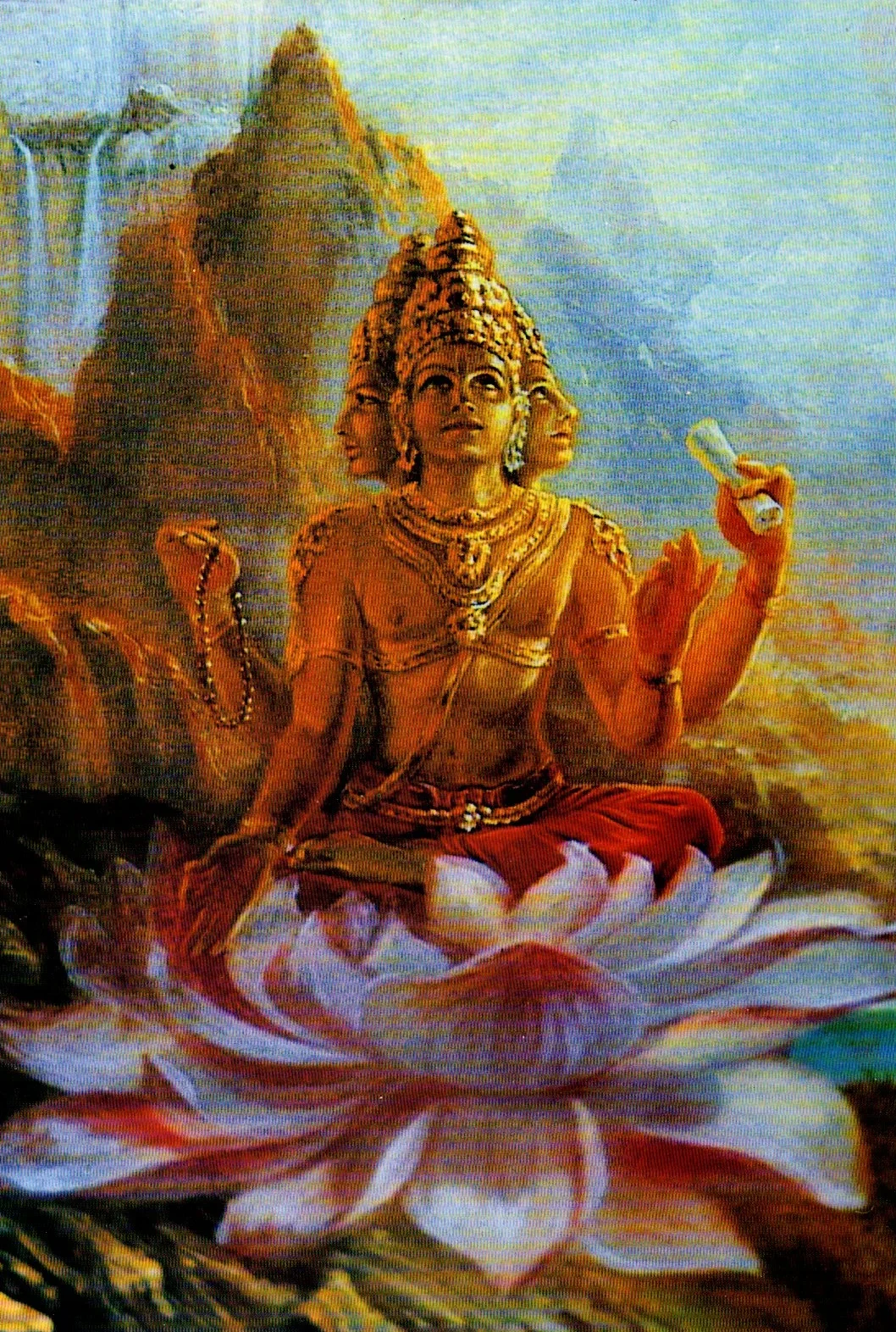
At this time, Sri Narayana, transfers the karmic data of all living beings. This karmic data is an amalgamation of our past actions on earth, before dissolution. Sri Brahma takes into account this information and begins his Vyasthi creation.
He writes the individual fate of the living entities based on their Karma. So, he does not create but instead keeps documentation of our karma and grants us suitable bodies. So, fate is a report of all future, present, and past events.
Also, it has designated reactions that we must undergo for a particular lifetime. It is not a mind-creation of Brahma, but instead, it is a report of one’s own Karma. Therefore, be it good or bad outcomes, man is responsible for his life situations.
Please Like the Blog and Share it for Maximum Reach

